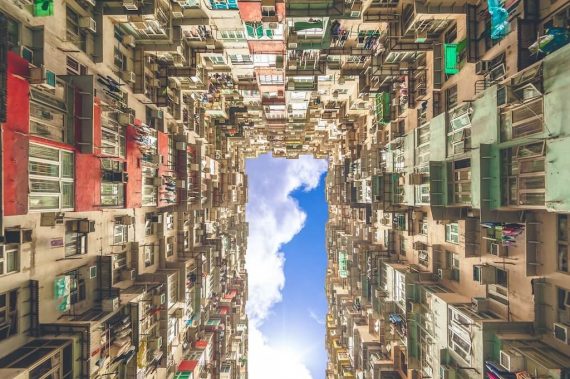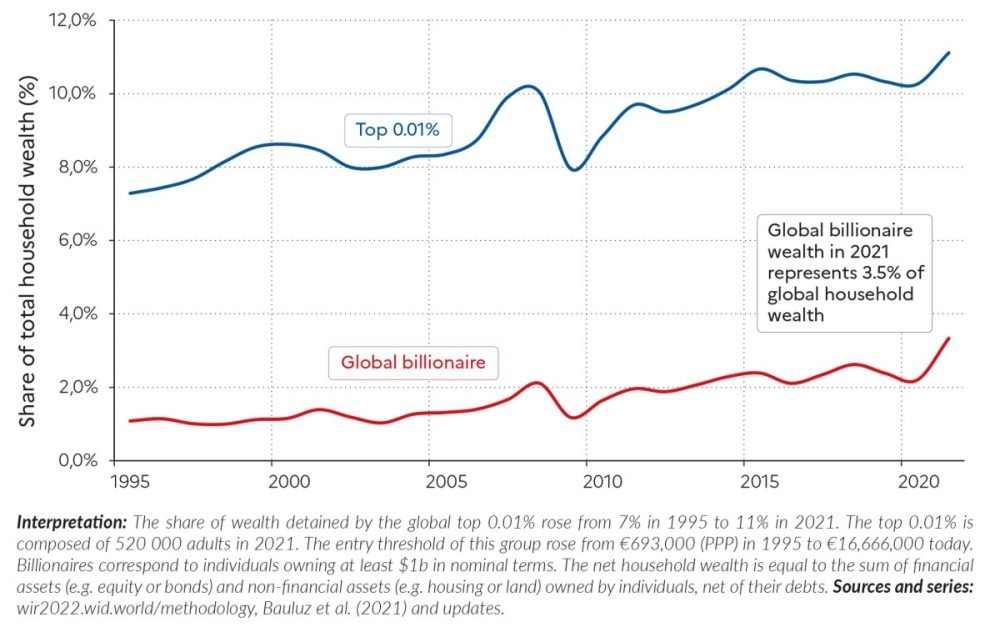The COVID19 pandemic has surely been the most challenging and costly shock of the past few decades. For some, it was even the biggest shock of the post-Great Depression era. Global economic activity in 2020 went down by 3.3% – and even up to 10% declines for some including the UK. On the other hand, in today’s new post-pandemic era, it is of the uttermost importance that we have learnt from our experiences of 2020 and 2021.
Lockdowns and closures led to unprecedented supply and demand shocks, and further negative long-term effects on investment and expectations. Global lockdowns, factory and business closures, travel restrictions, and school and public service closures, all led to astronomical declines in economic activities. Supply chains were broken, production processes were stopped, and business closures and unemployment rates skyrocketed. Unemployment surge and rising inequalities followed. The poor, low-skilled, and vulnerable were impacted disproportionately by COVID19.
The most eye-catching effect of the pandemic was the increasing inequalities trend all over the world with quarantines and lockdowns contributing to the trend of the past decades. COVID19 widened the gap between the poor and the rich. Inequalities between nations and within nations have all risen. But, how exactly has the recent COVID19 pandemic widened the gap between the poor and the rich? And, what are the implications for the future?
Rising inequalities
The authors of the “World Inequality Report 2022” show that global income and wealth inequalities are at their highest levels since the peak of western imperialism at the beginning of the 20th century. The COVID19 pandemic was, surely, one of the most significant factors behind this rising trend. (Figure 1)
Pandemic lockdowns and business closures have also affected skilled and unskilled labor, and high-income and lower-income jobs unevenly. The stimulus packages that followed also helped the rich non-symmetrically. Asset price increases, for instance, have added to the wealth of the already “overly rich.” (Figure 1)
IMF-backed austerity measures, another additional factor, have increased these inequalities further. The unequal access to education opportunities has further widened the skills gap, and that in return further exacerbated the income inequality.
The post pandemic high inflation rates and high commodity prices have also led to a new wave of increasing inequalities.
The wealthiest people are usually affected the least by crises such as pandemics. Their recovery is also much faster. For example, recovery was much faster in the financial markets and the service sector in general, as opposed to blue collar-dominated, low skill-intensive industries such as manufacturing.
The post pandemic high inflation rates and high commodity prices have also led to a new wave of increasing inequalities. Inflationary processes are well-known to disproportionately affect low-income individuals. Energy prices, in particular, have led to higher prices and consumer price indexes (CPIs) that again affect the poor directly.
According to Oxfam, a UK-based international NGO, the 10 richest people on earth have doubled their wealth, while the rest of the world and, in particular, 99% of humanity has been worse off during the pandemic. Global inequalities have overall increased twofold between 2019 and 2022.
Oxfam 2022 report shows that growing inequalities have even been a key factor in increasing mortality rates during the pandemic
Various reports, from the UN, the IMF, the OECD, and Oxfam as well as World Investment Reports (WIRs) on the World Inequality Database (WID) demonstrate that gender, income, wealth, and racial inequalities, as well as cross-country inequalities, are getting worse. Oxfam 2022 report shows that growing inequalities have even been a key factor in increasing mortality rates during the pandemic.
Policy implications
The need for more equitable and inclusive development and a more balanced distribution of income flow between land, labor, and capital is more evident today. There is an ever-greater need for re-organization of the roles and income flows amongst all production factors.
Meanwhile, the world is moving towards a new era where state capitalism is also more evident. Governments play a central role in new multinational corporations. In particular, the rise of China (and Asia broadly) with its own socialism and state capitalism is a new eye-catching case not to be missed. New measures are needed to ensure inclusive development. Social, psychological, human, and democratic capital accumulation processes and economic transformations remain as the challenges of this new era.
Expansionary policies and government interventions are deemed necessary during the financial turmoil and the following real economic crisis, in order to mitigate the real costs of a recessionary shock. Another noteworthy implication of the pandemic was that it led to this type of interventionist Keynesian policies and the ensuing public debt burden, as well as macroeconomic stability.
However, these expansionary monetary and fiscal policies implemented by the major world economies seem to have exacerbated income and wealth inequality. The World Bank estimates another 100-150 million people have been pushed into poverty. Oxfam estimates this number to be around 160 million people. These figures are proportionately much higher in the least developed countries (LDCs) and the Southern Hemisphere.
A new form of globalization also seems to be in order. While the new post-pandemic era has brought forth the need for more government influence and regulation, it has also resulted in a new and much more complicated form of globalization trend. The post-1980s liberalization and opening up has gained international economic, financial, and technological aspects, and globalization is no more solely a political issue.
However, this latest globalization trend has also brought cross-country dependency and spillover effects, which are self-evident in particular during crises and recessions. More synchronized negative impacts are therefore inevitable.
Recommended
The way forward
The post-pandemic era is becoming well-known for an acceleration in the rise of the developing world. China and Asia are two particular examples here. Developing economies have increased their share in the global economy, since at least the global financial crisis of 2008. The COVID19 pandemic has expedited this process.
The pandemic has also shown that capitalism is dysfunctional when labor is inactive.
The pandemic has also shown that capitalism is dysfunctional when labor is inactive. There has since been more focus on income and wealth equality, the rise of states and their institutions, and public interventions. The social and human development aspects of the discussions, and the search for alternative ways of getting out of the crisis are more widespread today. Economic growth and development discussions have been less cost-efficiency related, with an emphasis on the need for fairer and more inclusive development that ensures the continuation of labor.
The pandemic’s implications for rethinking in economics, as a critical assessment of the retro-Keynesian and neoclassical schools of thought, is also noteworthy. The classical approach of a sole focus on high productivity in the long run and low inflation, and efficiency and markets acting as invisible hands have been proven incompetent, especially during recessions. The Keynesian public interventions to correct the markets, stabilizing economic activity on its trend growth, and the pure focus on maximum employment have also proven nonfunctional.






